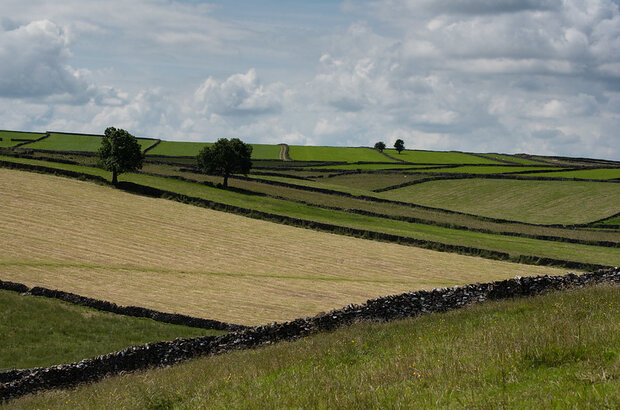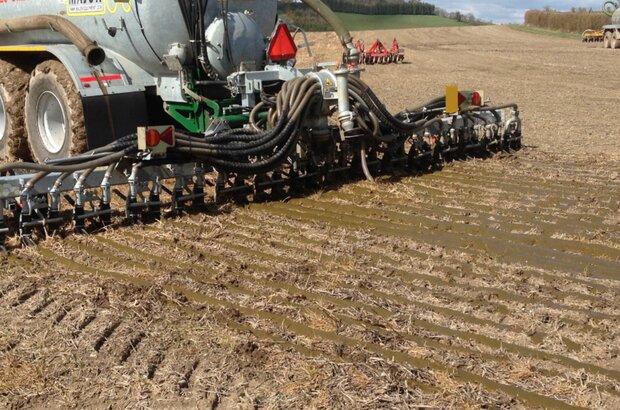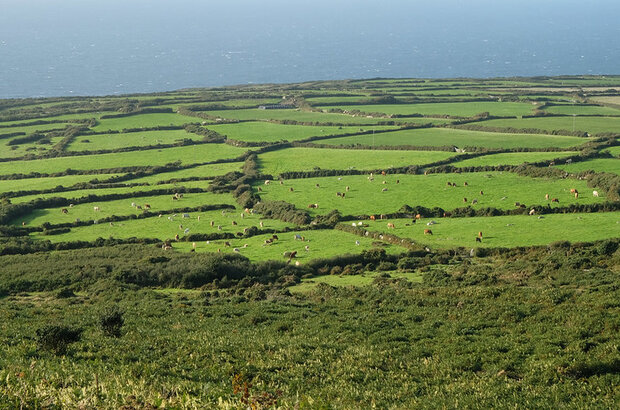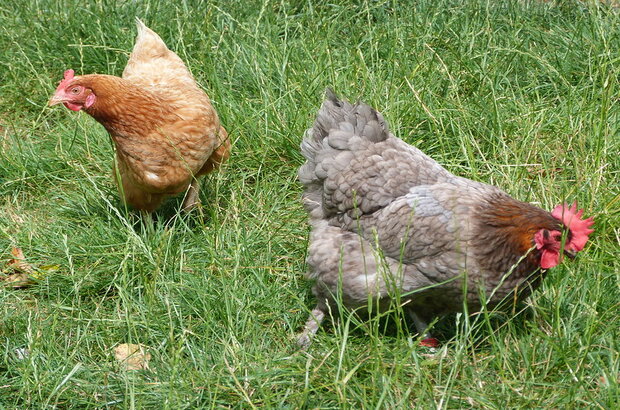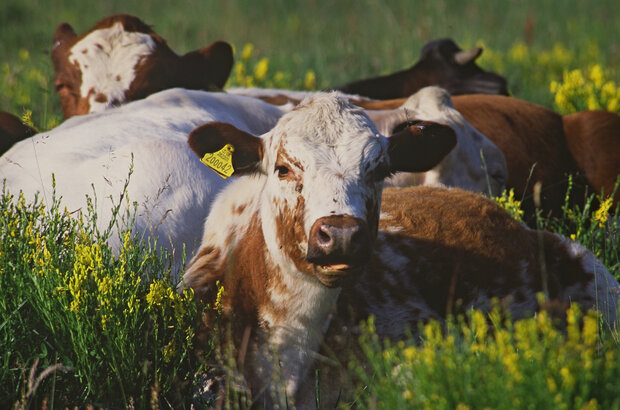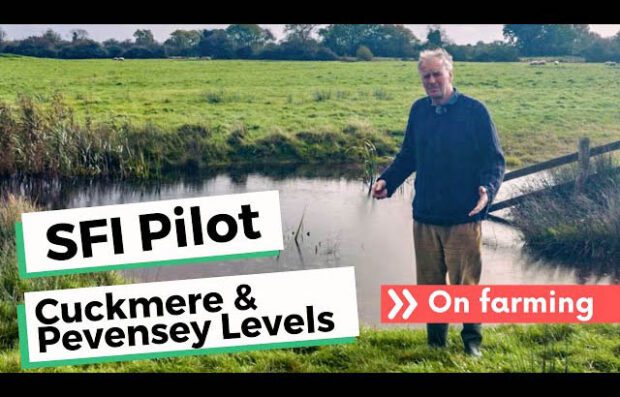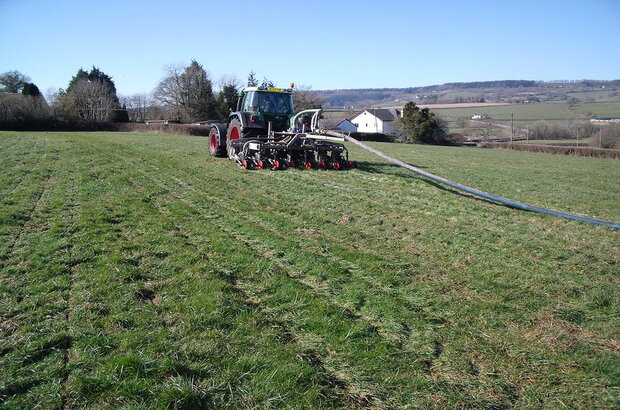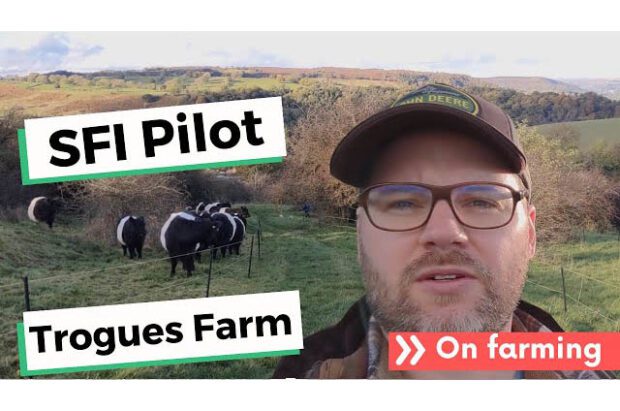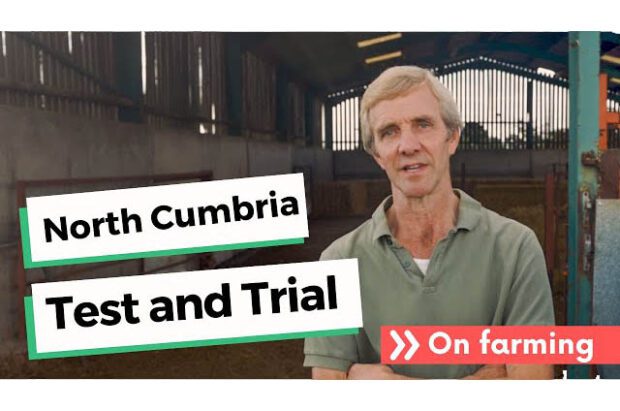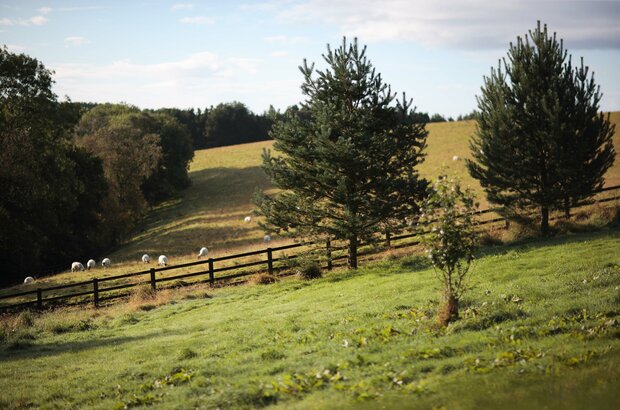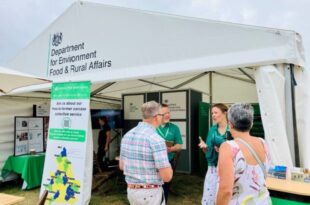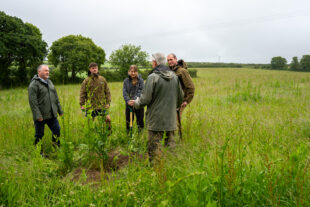We plan to launch the Sustainable Farming Incentive in June. Today we can share the final standards and payment rates, our approach to the applications process and how to prepare, In this post, I’ll provide an overview and share links to further information on GOV.UK. I’ll also explain how farmers have directly shaped the scheme through the Sustainable Farming Incentive pilot, tests and trials, engagement sessions, co-design activity and discussions.
The price of fertiliser has risen dramatically over the past year, but especially in recent months. Multiple global issues, including the war in Ukraine, have reduced gas and ammonium nitrate supply, forcing prices up. We know the impact of this affects the productivity and profit of farms in this country. We want to support our farmers through this growing season and beyond. In this post, we will share some updates in this area.
In previous blog posts we’ve written about how we’re adopting a test-and-learn approach across the Future Farming and Countryside Programme. We’re doing this to make sure our schemes, services and policies work for users before we scale them up. To make sure we’re on track to deliver our ambitions, we have a strategy to help us to monitor, evaluate and learn as we go. In this blog post, I’ll share a high-level overview of the strategy and some examples of how we’re putting it into effect.
Farmers will be able to apply for grants to buy equipment, technology and infrastructure to improve the health and welfare of their animals. To make sure we are funding the items that farmers need to make a difference, we want to get a better idea of what we should include. Let us know your thoughts by the end of the month.
In this guest post, Dr. Julia Wrathall shares her views on the Animal Health and Welfare Pathway. Julia is an expert in farm welfare and served as the RSPCA's Chief Scientific Officer. She helped to shape species-specific priorities through co-design.
In the Sustainable Farming Incentive pilot, we provided farmers with 3 different land management plan templates. Each template was developed through tests and trials. Farmer Martin Hole took part in the Cuckmere and Pevensey Levels test and trial. He explains how the vision for his farm, and the landscape in which he lives, has been supported by land management planning.
The items for the first round of the Farming Equipment and Technology Fund were developed with farmers, industry groups and other stakeholders. We’re adopting the same approach for the next round. We want you to tell us which items should be included, which items should be removed and which specifications need to be updated.
We asked farmers helping us co-design the Sustainable Farming Incentive to share their experience in a video diary. In this video, Michael Orchard gives us a tour of his livestock farm in the Peak District National Park. He shares the improvements he’d like to see come out of the Sustainable Farming Incentive pilot.
We're developing schemes that reward environmental land management. To make sure that those schemes work in practice, farmers and land managers across England are putting elements of those schemes to the test. It's one of the ways though which we're carrying out co-design. In this video, the North Cumbria Farmers Group share what they've been doing to help shape the future of our schemes.
Some farming and land management activities are regulated to safeguard our environment and to protect the health of animals, plants and people. We do this through around 150 pieces of legislation, comprising primary and secondary legislation. All of this legislation applies to agricultural activity, and collectively constitutes what is known as the ‘regulatory baseline for agriculture’. This is a complex legislative picture and is not easy to navigate – we intend to improve and evolve this baseline in future as part of our agricultural transition outside of the European Union (EU).
